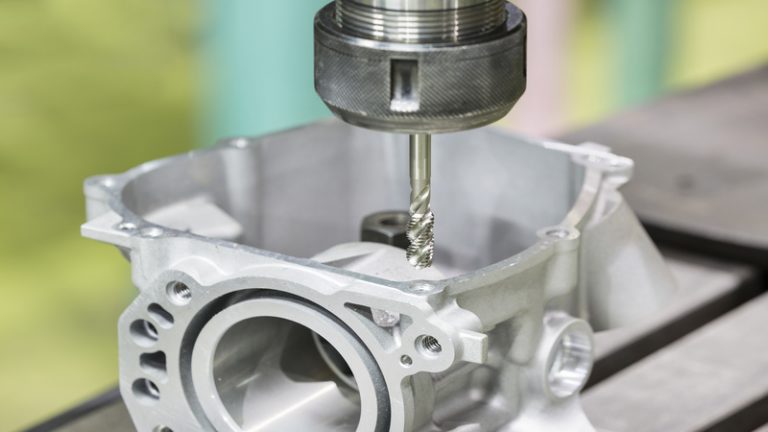In all aspects of metalworking and in the machining of plastics and other types of materials, there is always the need for operators. These operators ensured the machine was functioning optimally and correctly, and they also feed workpieces into the machine and remove completed workpieces, sometimes transferring them to other equipment for additional machining processes.
In the past, these operators have always been human operators. With human operators, there was and still is the risk of slight deviations in how the workpiece is fed into the machine, and even delays in responding to performance or system changes in the equipment itself.
Today, there is another option for oversight of all types of machining centers and equipment. This includes new technology and options in robotic machine tending. As with human operators, this process both oversees the equipment as well as managing the feeding of workpieces into and out of the machining centers.
Making the Case
With the ability to integrate the CNC equipment with robotic machine tending, the system can operate seamlessly. These specialized robotic arms and controllers are able to continually feed and remove material from the equipment, while also speeding up production.
Shaving even a few seconds of the transfer and adjustment of workpieces between human operators and robotic machine tending can dramatically reduce the cost of production for the machining shop. This can be passed on to customers with the dual advantages of faster order turnaround time and lower costs. This is compounded with the ability for 24-hour production with only limited human supervisory oversight required.
Another cost saving feature of the technology is the dramatically lower rate of waste. With the option for robotic feeding of the workpiece into the equipment in exactly the same position with every cycle, higher tolerances are possible with virtually no waste.
